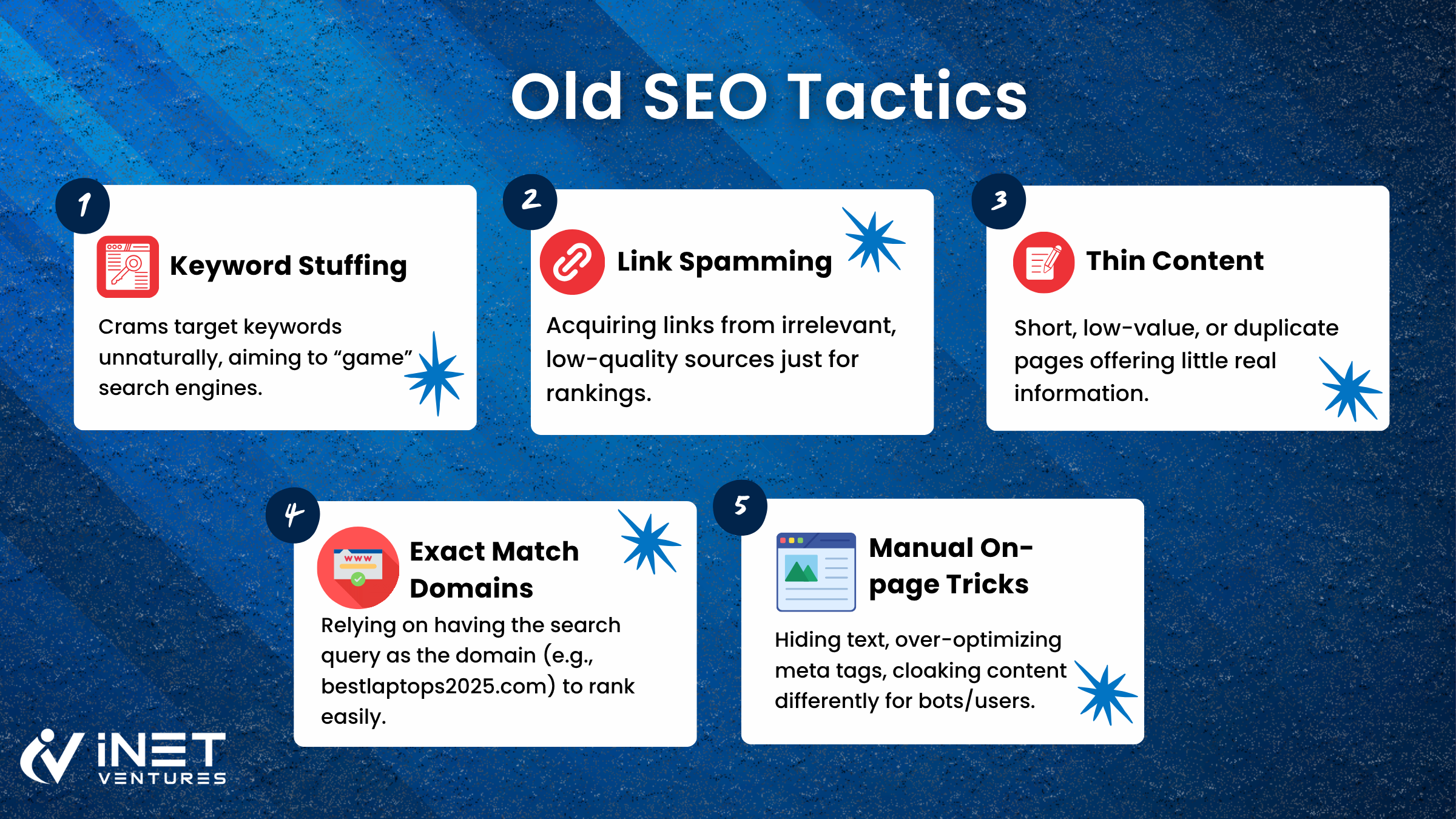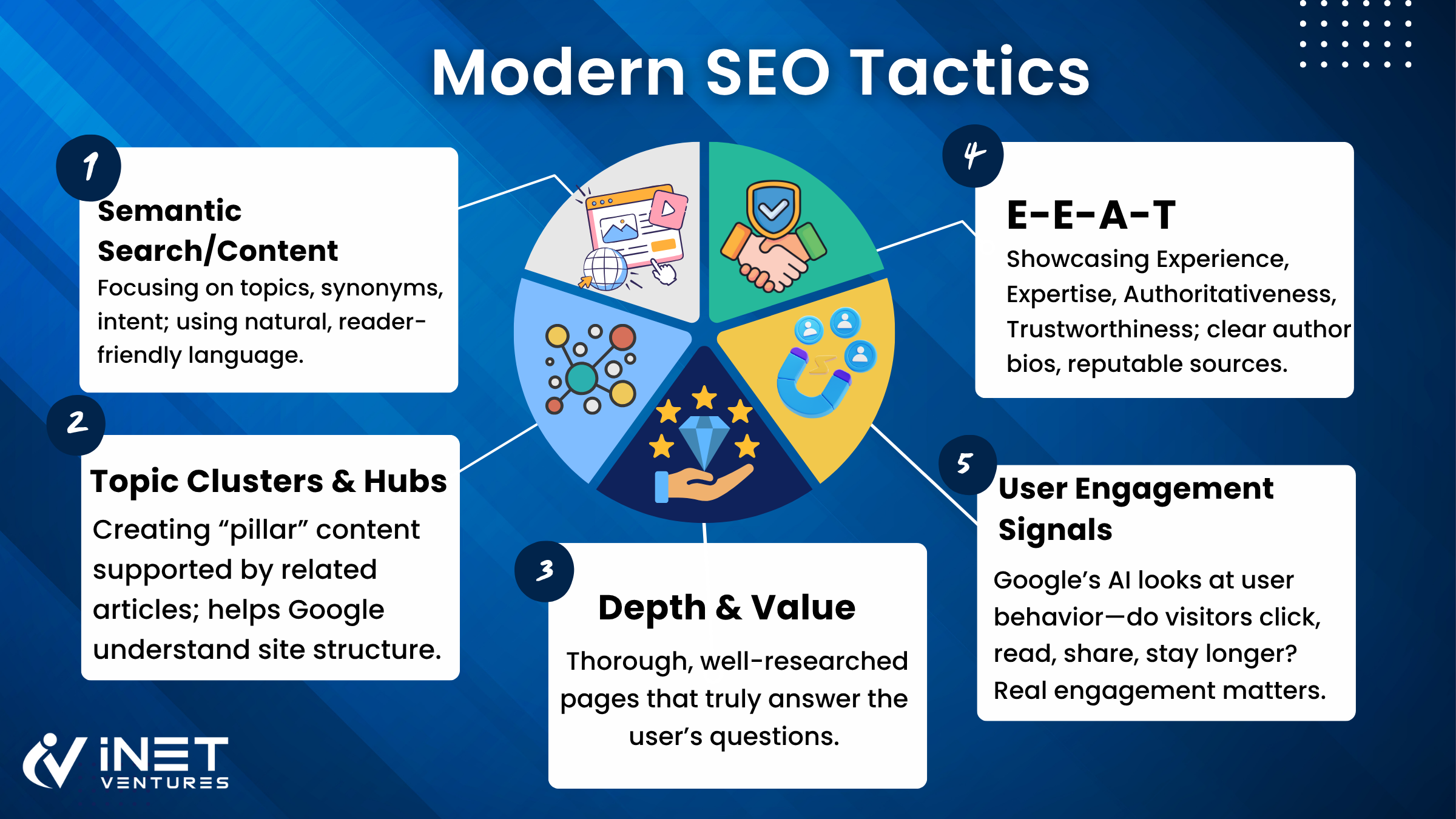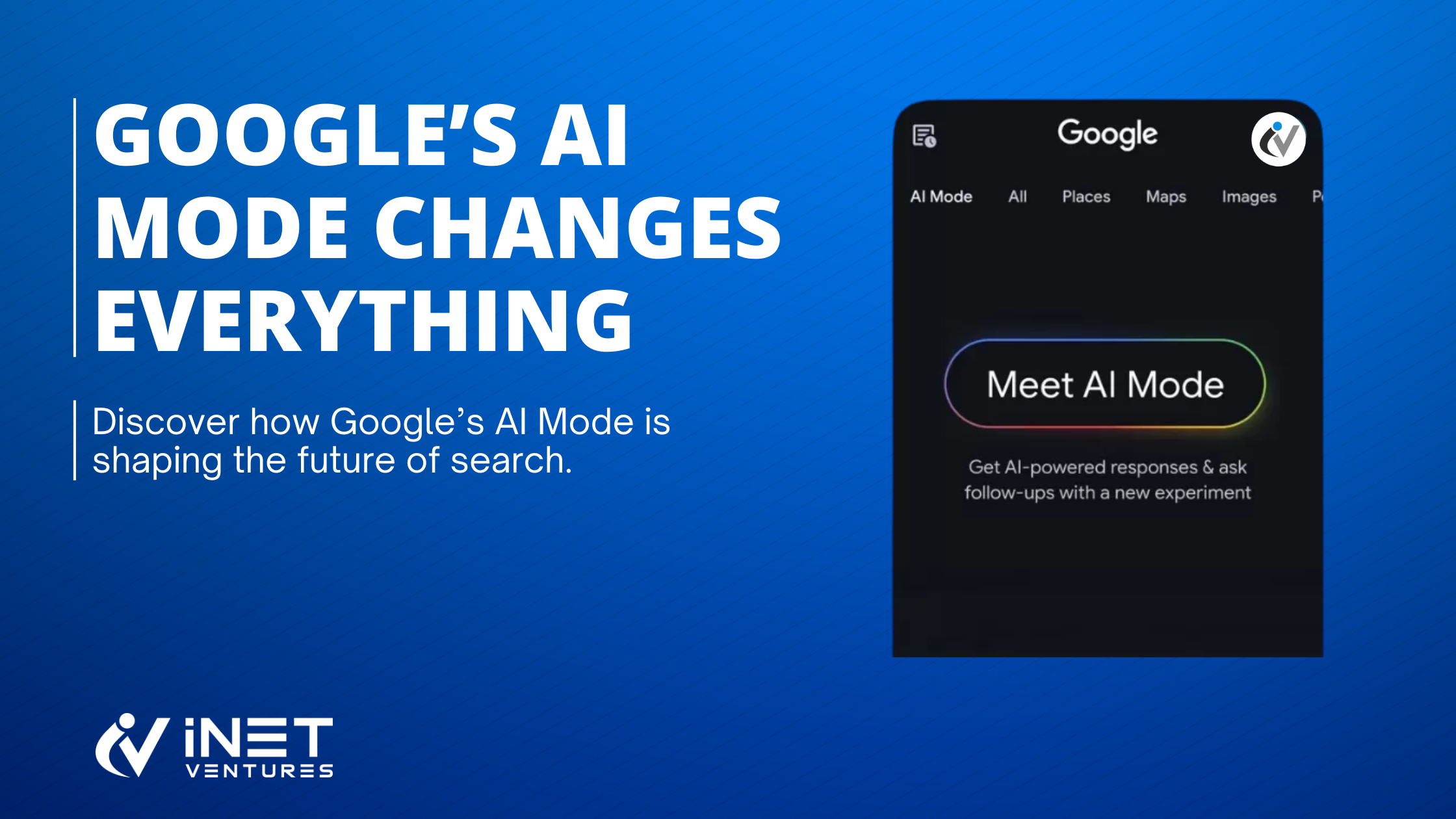Google’s new AI Mode is reshaping how people use search, blending advanced chatbot capabilities directly into the search results. While this promises a faster, more conversational search experience for users, it also signals major changes—and risks—for website owners, content creators, and SEOs.
What Is Google’s AI Mode?
Announced in 2025, AI Mode integrates Google’s Gemini AI model into its search engine, providing users with in-depth, conversational answers at the top of the results page. Instead of simply returning a list of links, Google’s AI Mode synthesizes information from multiple sources, aiming to answer the user’s question immediately, often in a single summary. Follow-up prompts allow users to continue the “conversation” within Google, further reducing the need to click on external sites.
How Will AI Mode Impact Search Behavior?
The biggest shift is the rise of zero-click searches—where users get the information they need directly from Google without visiting any third-party website. According to Ahrefs’ analysis, pages that were previously top-ranked have already seen click-through rates (CTR) drop by more than 30% when an AI-generated answer appears. SEO experts warn that this trend is accelerating as Google continues to improve its AI summaries.
Digital strategist Marie Haynes notes that AI Overviews and answers “use [publishers] content while demoting them in search. Nobody clicks [the source link] once they get the quick answer.” Simply put, being ranked number one in Google may no longer guarantee meaningful traffic.
Google claims that while overall impressions are rising—meaning users are seeing more search results—actual clicks to websites are falling. In fact, enterprise data from BrightEdge shows that since the introduction of AI answers, search usage has soared (impressions up nearly 50%), but click-through rates have dropped almost 30%. The user journey increasingly ends on Google’s page, not yours.
Risks for Website Owners and Publishers
- Sharp Decline in Organic Traffic: With answers front and center, fewer users are clicking through to publishers’ websites. eMarketer reports a steep drop in CTR across both informational and transactional searches.
- Limited Attribution and Visibility: Being cited in an AI answer doesn’t always mean your brand will be recognized. Source links are small, and many users may not notice them, raising concerns about credit and brand awareness.
- Tracking Blind Spots: Google’s reporting tools don’t always track clicks or impressions from AI Mode, making it harder for publishers to see the full impact.
- Winners Take Most: The AI favors authoritative sources—often established, well-known sites. Smaller or niche publishers may struggle to get cited or noticed at all.
- Pressure to Rely on Google Ads: As organic reach shrinks, some brands may have to spend more on paid placements to stay visible.
| Feature | AI Mode | SEO Impact |
|---|---|---|
| User Control | Opt-in only | Low—users must select it |
| Organic Results Visibility | Hidden | Can reduce organic clicks |
| Source Citations | Yes | May surface reputable sites |
| Ads Displayed | Yes | No direct SEO effect |
| Analytics | Not available | Hard to track traffic |
| Direct SEO Impact | Minimal | Sites may be bypassed |
| Placement in SERP | Replaces standard results in some queries | Reduces chance for clicks |
| Content Summarization | AI-generated summary only | Little/no organic site content shown |
Who Will Be Most Affected?
- Blogs and Informational Sites: These sites are most vulnerable, as their content is easily summarized by AI. How-tos, recipes, definitions, and guides could see the largest traffic drops.
- E-commerce: Google is showing fewer AI answers for product searches, favoring product carousels instead. Still, retailers need to optimize product data so their listings appear in relevant summaries.
- B2B and News Sites: High-authority B2B and news outlets may benefit from brand mentions in AI answers but should focus on providing original research and expert analysis to attract clicks.
- Niche and Specialist Publishers: Smaller sites risk losing out unless they build recognized authority and community outside of Google’s ecosystem.

Strategies for Website Owners to Combat the Impact
- Optimize for AI Inclusion (“Answer Engine Optimization”):
Structure content with clear headings and concise answers. Include FAQ sections and direct responses to common questions. The more AI-friendly your format, the higher your chances of being cited. - Build authority with links:
The staple of SEO remains a major part of the strategy. Ensuring high quality links and mentions remains an important aspect to be featured in Google search – great links help to increase overall authority. - Use Schema Markup:
Add structured data to help Google and its AI understand your content and products. This is vital for e-commerce, recipes, how-tos, and product reviews. - Demonstrate E-E-A-T:
Showcase real expertise and authority on your topic. Include author bios, credentials, and up-to-date references. Sites demonstrating high “Experience, Expertise, Authority, and Trustworthiness” are more likely to be cited in AI answers. - Add Unique Visuals and Tools:
Engage users with infographics, calculators, videos, or interactive elements that can’t be summarized in a short AI answer. This can entice users to click for the full experience. - Brand Your Answers:
Ensure your site or brand name is naturally included in answerable text. If the AI pulls a quote, your brand should be visible. - Track Your Mentions and Adjust:
Regularly check which queries surface your brand in AI Mode. Use third-party SEO tools and monitor Google Search Console for changes. Adjust KPIs to value both brand mentions and clicks. - Diversify Your Channels:
Don’t rely solely on Google. Build email lists, social followings, and direct audiences. The less dependent you are on organic search, the more resilient your site will be.

Conclusion
Google’s AI Mode is a game-changer for search, threatening to reduce organic website visits for millions of publishers and businesses. The most successful website owners will be those who adapt—optimizing for AI summaries, building authority, and finding new ways to connect directly with their audiences. As search evolves, so too must our strategies, focusing not just on rankings and clicks, but on brand visibility and user engagement—wherever those users are.
As the founder of iNet Ventures, James deeply understands the world of SEO, link building, growth, and strategy. After achieving remarkable results for agencies and websites, his approach combines industry knowledge with forward-thinking tactics, which embark on analytical tools and AI.


